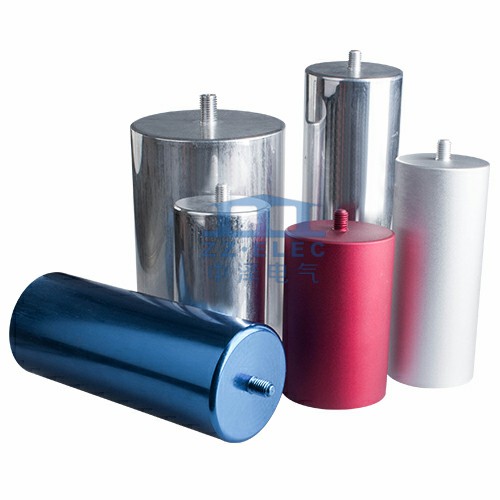

Contact us



Fuel pump housing

BMW (Import) 7 (E65, E66, E67) Filt...

BMW (import) Z3 Filter

Daewoo (import) REXTON (GAB_), Volk...

Multi-effect BMW FILTER

Mercedes Filter

Direct Sales BMW (IMPORT) 3 FILTER

BMW-X1(E84)、X3、X4 Filter

LAND ROVER RANGE ROVER FILTER acces...

High Quality FORD (IMPORTED) FUSION...

Professional production BORA FILTER

Low price BMW-E65, E66, E760 FILTER

AUDI-A7 Filter

BMW-X5 Filter

New energy super capacitor componen...

Aluminum Material POLE PIECE-13

Zhejiang Zhongze Electric Co., Ltd is a famous aluminium cold extrusions manufacturers and , our group has four production-type subsidiaries, which were first established in 1987 and started with precision cold extruded aluminum products and precision injection molded products.
Tel: +86 0573-82696969
Phone: +86 13957386455 13819772766
Fax: +86 573 82696982
E-mail: [email protected]
Add: 379 Yinhe Road, Jiaxing City, Zhejiang Province,China
Copyright © Zhejiang Zhongze Electric Co., Ltd. Rights Reserved. China Lithium battery Components Factory